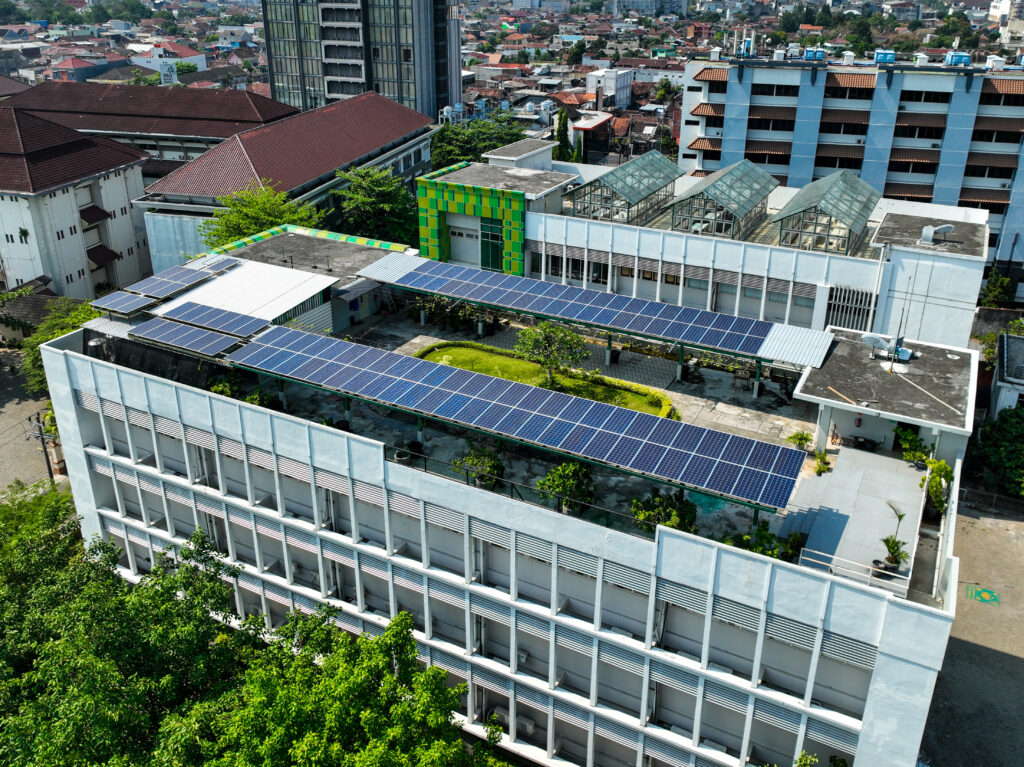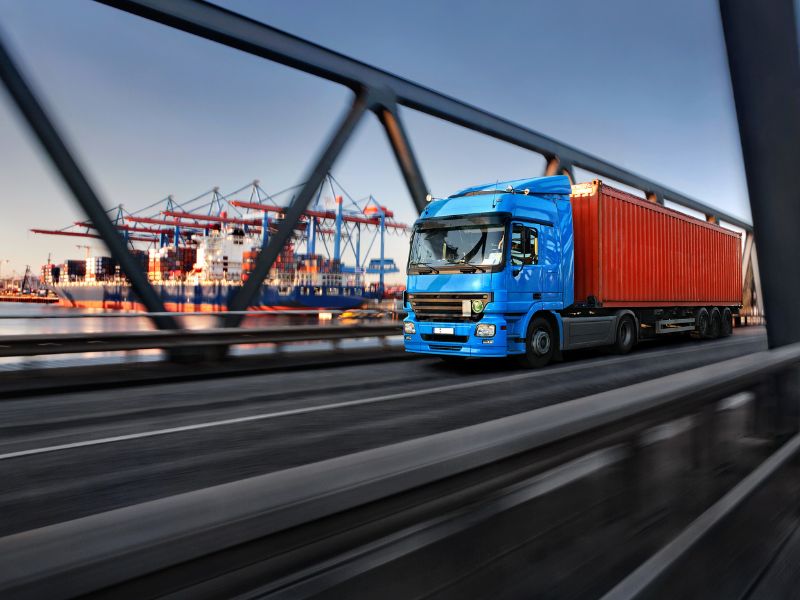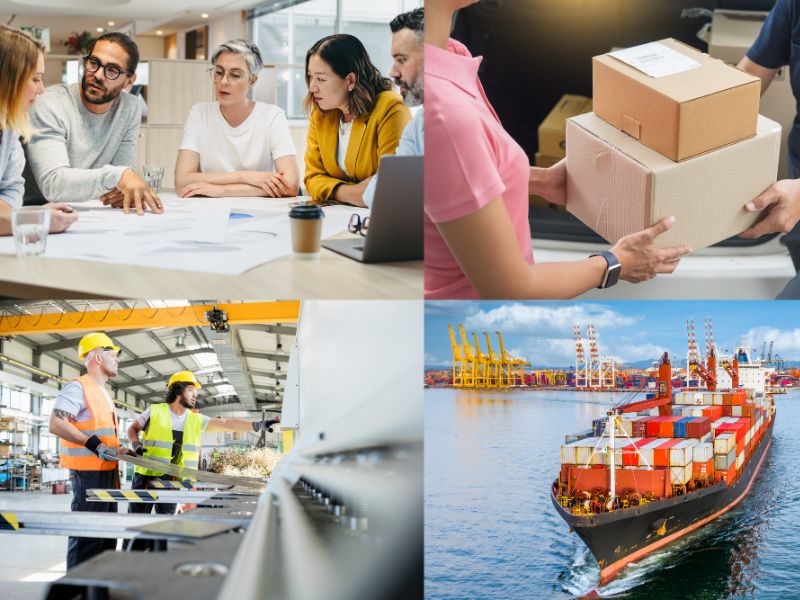Green public procurement could lead to transformative changes, according to new insights from the World Economic Forum, but there are critical hurdles to overcome – such as high costs and outdated frameworks.

Currently, governments worldwide are spending $10tn on goods and services, contributing 15% of greenhouse gas emissions. Cities and governments can significantly reduce this number and accelerate sustainability goals by leveraging public-private partnerships, but they first will need to overcome these four hurdles.
- Consolidating fragmented systems
Public procurement is often decentralised with differing objectives, processes and resources across departments, regions and agencies. This creates bureaucratic challenges for mainstreaming sustainable practices.
To address this, governments are adopting more unified approaches to green procurement. By aligning standards and sharing data across agencies, they are enhancing collaboration and enabling holistic change.
- Managing the green premium
The high cost of sustainable goods and services – often referred to as the green premium – can be a major challenge when enabling green procurement.
However, some governments – such as the Canadian government – are pooling resources through partnerships, using phased procurement to spread costs and offering financial incentives to make green choices more practical and appealing.
“The government of Canada is using the total cost of product ownership to better assess the benefits of green procurement,” says Nick Xenos, Executive Director for the Centre for Greening Government, Government of Canada. “We are partnering with the private sector to green federal buildings through energy performance contracts that use energy savings to pay for building upgrades.”

Modernising procurement frameworks
Green procurement demands adaptable policies – not outdated regulations that limit flexibility and innovation. To build a sustainable procurement strategy, you need to support long-term supplier relationships, facilitate creative sourcing and take evolving market dynamics into consideration.
With support from the World Bank and the Organisation for Economic Cooperation and Development (OECD), many governments are updating regulations and enhancing capabilities to integrate sustainability criteria and foster new relationships with suppliers.
- Balancing short-term gains with long-term impact
Political cycles and public expectations often push government leaders toward quick, visible wins. However, truly transformative green public procurement requires a long-term vision for transitioning to a low-carbon, environmentally friendly economy.
The challenge lies in balancing immediate tangible benefits with laying a solid foundation for the future.
For the top supply chain insights, subscribe to our monthly newsletter!
Source: World Economic Forum





